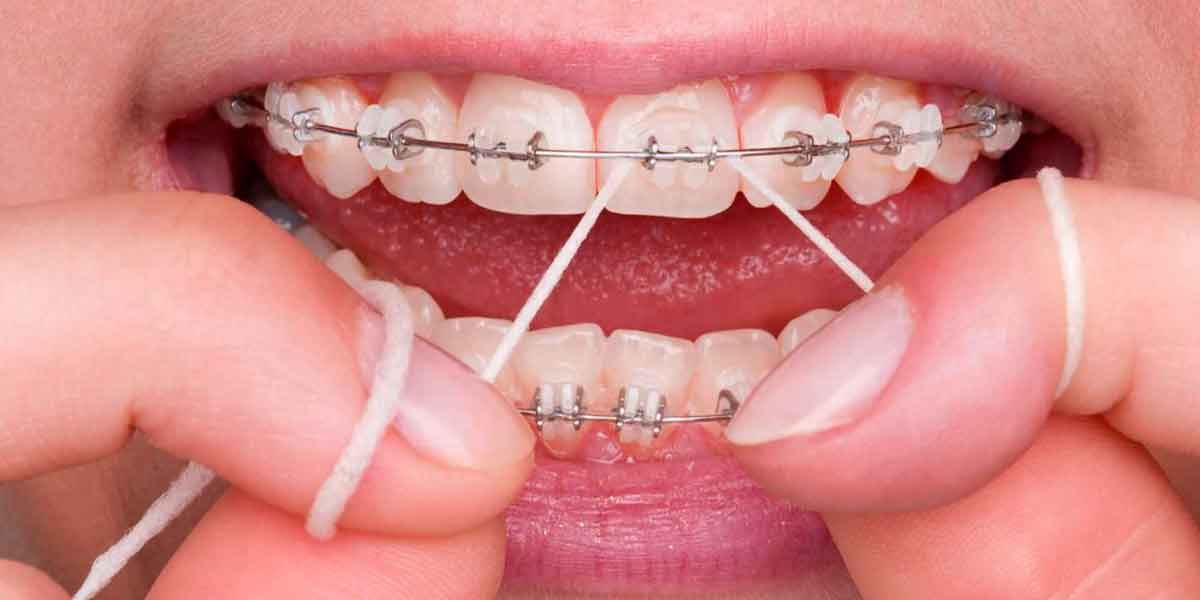Dental braces serve as a common orthodontic solution to correct teeth misalignment and enhance oral health. Despite the initial apprehension, the long-term advantages justify the investment. This article delves into the advantages of dental braces, the treatment process, and the reasons why they are beneficial for achieving a healthier and more aesthetically pleasing smile.
The Advantages of Dental Braces
Dental braces offer a multitude of benefits beyond just straightening teeth. They play a pivotal role in enhancing overall oral health and boosting self-assurance.
Enhanced Oral Health
Misaligned teeth can impede proper oral hygiene, leading to an elevated risk of dental issues like tooth decay and gum disease. Braces aid in aligning teeth correctly, facilitating effective brushing and flossing to reduce plaque buildup, cavities, and gum inflammation.
Improved Bite Alignment
In addition to aligning teeth, braces rectify bite irregularities such as overbite, underbite, crossbite, and open bite. Proper bite alignment is crucial for efficient chewing and speaking, preventing teeth wear, jaw discomfort, and temporomandibular joint (TMJ) disorders.
Aesthetic Enhancement
A well-aligned smile is often associated with attractiveness and confidence. Dental braces can significantly enhance smile appearance, elevating self-esteem and confidence, thereby positively impacting social and professional interactions.
Long-Term Financial Savings
While the upfront cost of braces may seem substantial, they can lead to long-term savings by averting serious dental issues that necessitate costly treatments. Investing in orthodontic treatment now can mitigate the need for future dental procedures and enhance overall oral health.
The Process of Acquiring Dental Braces
Understanding the process of obtaining braces can alleviate concerns and prepare individuals for what to anticipate. Here is a step-by-step overview of the treatment process:
Initial Consultation
The initial step involves a consultation with an orthodontist to assess teeth, bite, and overall oral health. The orthodontist will discuss treatment goals, determine the suitability of braces, and create a detailed treatment plan based on X-rays, photographs, and teeth impressions.
Treatment Planning
Following the evaluation, the orthodontist devises a personalized treatment plan tailored to individual needs, specifying the type of braces, treatment duration, and expected outcomes. Potential risks, benefits, and costs are also discussed.
Braces Placement
Once the treatment plan is finalized, braces are affixed by cleaning and drying teeth, applying adhesive to attach brackets, placing archwires, and securing them with elastic bands, typically taking one to two hours.
Adjustments and Follow-Up Visits
Regular follow-up visits are crucial for monitoring progress and making necessary adjustments every four to six weeks. These adjustments aid in gradually shifting teeth into desired positions.
Maintaining Oral Hygiene
Maintaining optimal oral hygiene during orthodontic treatment is vital. Brushing teeth after meals, daily flossing, and using mouthwash help prevent cavities and gum disease. Special tools like interdental brushes or water flossers may be recommended for effective cleaning around braces.
Various Types of Dental Braces
Several types of dental braces are available, each with distinct advantages and considerations, recommended based on individual needs and preferences.
Traditional Metal Braces
Traditional metal braces, comprising metal brackets and wires, are the most prevalent type. Modern versions are smaller, lighter, and more comfortable, effectively treating various orthodontic issues.
Ceramic Braces
Ceramic braces resemble metal braces but feature clear or tooth-colored brackets blending with teeth, offering a less conspicuous option popular among older teenagers and adults seeking a discreet treatment.
Lingual Braces
Lingual braces, placed on the back of teeth, are invisible from the front, providing the same effectiveness as traditional braces but requiring specialized training for placement and adjustment.
Invisalign
Invisalign employs clear, removable aligners to gradually straighten teeth, custom-made to fit and replaced every one to two weeks. This nearly invisible treatment is favored by adults and teens for its convenience and flexibility.
Are Dental Braces Worth the Investment?
Determining the value of dental braces hinges on individual needs, goals, and commitment to treatment. Factors to consider include commitment to treatment, long-term benefits, and cost considerations.
Commitment to Treatment
Orthodontic treatment with braces demands regular follow-up visits, good oral hygiene maintenance, and adherence to orthodontist instructions. Dedication to the process can yield highly rewarding results.
Long-Term Benefits
The enduring benefits of dental braces, encompassing enhanced oral health, improved bite alignment, and aesthetic enhancement, often outweigh temporary inconveniences, fostering confidence and overall well-being.
Cost Considerations
While cost may be a concern, many orthodontic practices offer payment plans and financing options to make treatment affordable. Investing in braces can prevent severe dental issues, potentially saving money on extensive treatments in the future.
In Conclusion
Dental braces represent a valuable investment in oral health and appearance. Despite requiring time, effort, and commitment, the benefits of improved oral health, better bite alignment, and a beautiful smile make the endeavor worthwhile. Consult an experienced orthodontist to explore options and devise a personalized treatment plan for a lasting, confident smile.




